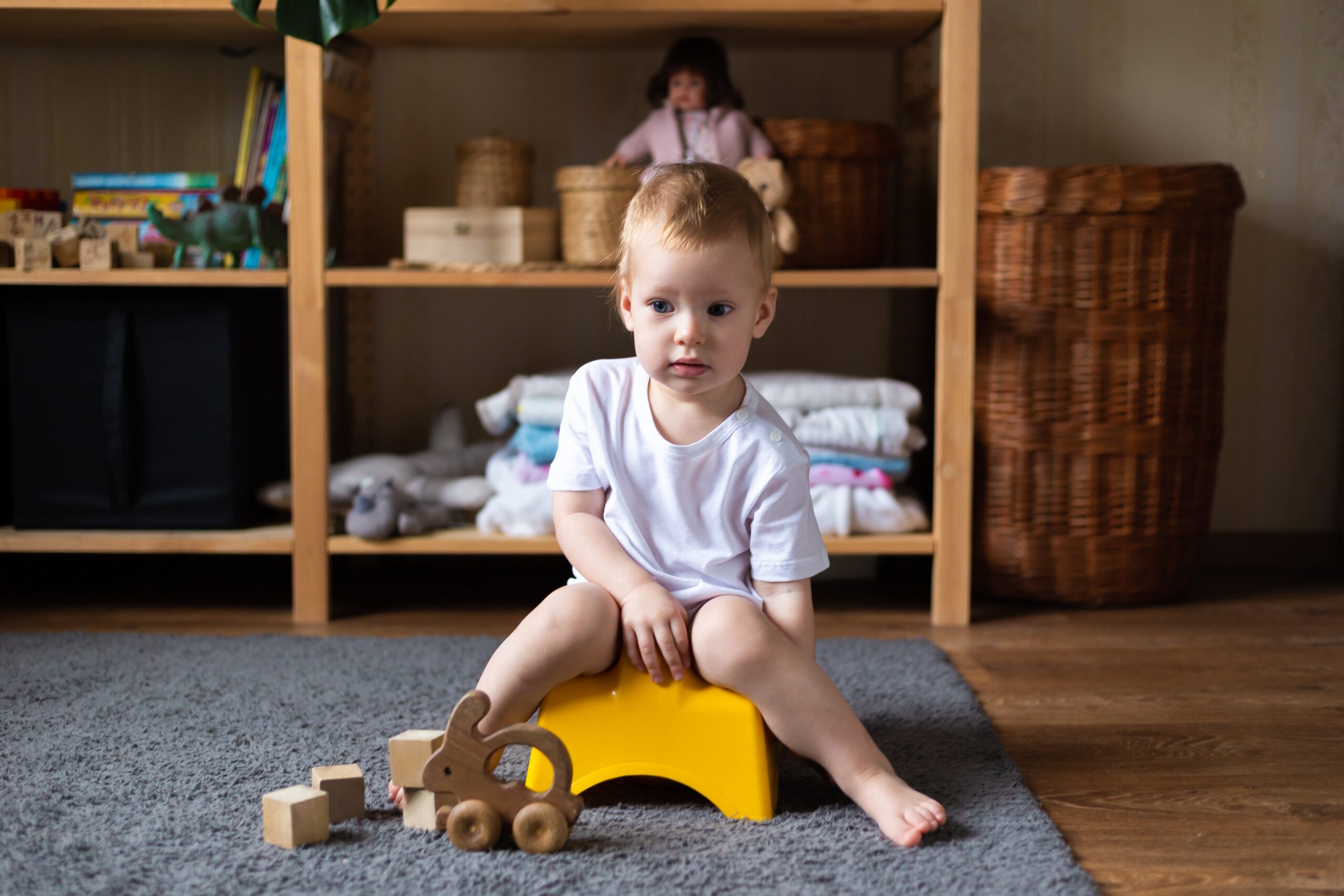Building Effective Communication via Visual Support: A Path to Child Development
Communication plays a fundamental role in a child’s development, shaping their ability to express themselves, understand others, and engage in social interactions. For children with Autism Spectrum Disorder (ASD), developing effective communication skills can present unique challenges. However, the use of visual support, particularly pictures and photographs, has shown promising results in facilitating communication and fostering child development. In this article, we will explore the power of visual support, its benefits for children with ASD, and strategies for utilizing pictures and photographs effectively.
Understanding Pictures and Photographs: Pictures and photographs are visual representations of the world around us, captured through various means such as cameras, smartphones, or printed images. They serve as powerful tools for human communication and have a significant impact on a child’s development, especially for those with ASD.
How Pictures and Photographs Aid Communication Development:
- Visual Communication: Pictures and photographs provide a visual medium through which children can communicate their thoughts, ideas, and experiences. This form of communication is particularly beneficial for children with ASD, who often exhibit strengths in visual processing. By utilizing pictures, these children can express their needs, preferences, and emotions in a more accessible and understandable manner. For instance, a child with ASD might find it challenging to verbalize their emotions, but when presented with a picture depicting various facial expressions, they can point to or indicate the image that corresponds to their current emotional state.
- Multiple Uses: Pictures and photographs can be employed in various ways to support communication development. They can be utilized to create visual schedules, assist with transitions between activities, and facilitate social understanding through the use of social stories.
- Visual Schedules: Visual schedules consist of pictures that depict each step of a routine or daily activities. These schedules help children with ASD navigate through sequences independently, promoting a sense of structure and predictability. For example, a visual schedule for a morning routine may include pictures representing brushing teeth, getting dressed, and eating breakfast.
- Transitions: Transitions between activities can be challenging for children with ASD. By using pictures or photographs to represent different activities, parents and educators can visually show the child the upcoming task, thereby preparing them for the transition. This approach reduces frustration and helps the child understand what comes next.
- Visual Communication Systems: For children with difficulty in verbal communication, creating a visual communication system can be highly beneficial. Visual symbols or icons representing common objects, actions, or requests can help these children express their needs or desires effectively.
- Visual Vocabulary: Expanding a child’s vocabulary can be achieved through the creation of a visual dictionary. By using pictures or photographs to represent different words or concepts, parents and educators can organize the visuals into categories and practice identifying and labeling the items together. This approach enhances the child’s language skills and understanding of the world around them.
- Personalized Social Stories: Social stories are individualized narratives that describe social situations or expectations. Pictures or photographs can be integrated into social stories to illustrate the steps involved in specific situations, teach appropriate behaviors, and predict outcomes. These visual cues assist children with ASD in understanding and practicing social skills.
Strategies for Using Pictures and Photographs Effectively:
- Create a visual schedule: Develop a visual schedule using pictures or photographs to outline daily activities or routines. Arrange the pictures in sequential order and refer to the schedule throughout the day to reinforce the routine and reduce anxiety.
- Use visual cues for transitions: Utilize pictures or photographs to represent different activities and show the child the upcoming task to prepare them for transitions. This approach helps the child understand what comes next and minimizes frustration.
- Develop a visual communication system: For children with limited verbal communication abilities, create a visual communication system using pictures or photographs. Teach the child to use visual symbols or icons to express their needs or desires effectively.
- Build a visual vocabulary: Expand the child’s vocabulary by creating a visual dictionary. Use pictures or photographs to represent different words or concepts, organizing them into categories. Practice identifying and labeling the items together to enhance language skills.
- Create personalized social stories: Develop individualized social stories using pictures or photographs. These stories can help children with ASD understand specific situations, learn appropriate behaviors, and predict outcomes. Incorporate visual cues to assist in comprehension and skill practice.
Conclusion
Pictures and photographs serve as powerful tools for communication and significantly aid in the development of children, particularly those with ASD. By incorporating visual supports such as pictures, visual schedules, and social stories, parents, educators, and therapists can create a more inclusive and effective communication environment. It is crucial to remember that while pictures and photographs can be beneficial for many children with ASD, individual preferences and needs may vary. Therefore, tailoring visual support to each child’s individual requirements and preferences is essential for maximizing its effectiveness in promoting communication and child development.
Also read: How to Connect to a Child with Autism
About Olga Sirbu
My name is Olga Sirbu, I am a Board Certified Behavior Analyst (BCBA) and Licensed Applied Behavioral Analyst. My goal is to support and empower families and individuals on the autism spectrum.
Autism Advance is dedicated to training parents and caregivers, providing practical tips, and teaching individuals how to educate kids with autism.
I share evidence-based practices to help you better understand and support individuals with autism. Learn practical strategies to help individuals with autism reach their full potential, as well as gain a deeper understanding and acceptance of autism.
Thank you for considering Autism Advance as a resource for your autism journey.








